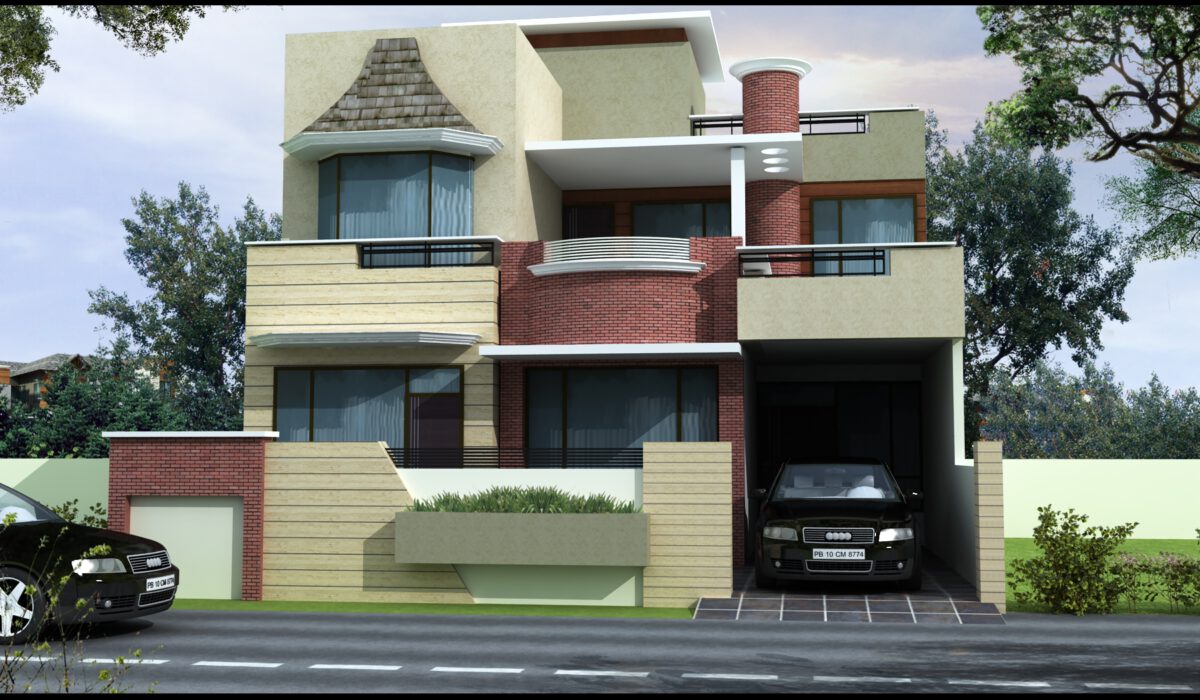1. Bricks used in masonry work should be fully soaked in water. In general, water is sprinkled over the stacks of bricks just before their use and moist bricks are used by the masons. Such sprinkling of water just before the use of bricks brings no benefit. Identify the stacks of bricks to be used next day and prefer to spray water over them a day earlier in the evening. Bricks should retain moisture and look wet before their use by the masons. These bricks will not draw water from the cement mortar and cement will have more moisture available to gain full strength. If possible, a lined water tank should be created at site and bricks should be put in it. Take care that wet bricks are not stored on the ground or in mud. Put them on the platforms near the masons.
2. Keep the size of brick ballast or stone ballast used in lean concrete laid below the foundations as 1.5 inch or 40 mm. Avoid oversized brick or stone ballast. Generally, no attention is given to it and ballast (called gatka) of any size is laid. Sprinkle water over the bed of trenches before laying the lean concrete. Spray water well over the brick/stone ballast for about 3 hours before using it in mixing of concrete.
3. Preferably use a mixer for producing lean concrete. Otherwise use a brick platform duly plastered for its mixing. In case of hand mixing, separately mix cement and sand in dry form and spread it over the stack of ballast. Sprinkle required quantity of water over it. Repeatedly turn over the concrete mass till it attains uniformity and cement mortar lubricates each and every ballast particle. Concrete is now ready for pouring inside the trenches.
4. Don’t throw the mixed concrete in trenches from a height. If this is done, ballast being heavy gets segregated. The wicker baskets lined with black plastic sheet and carrying concrete should be passed by the carriers to those standing inside the trenches who should gently lay the concrete on the ground. Generally, lean concrete being a non-structural part of building is given rough handling. If that is the case, why to lay it at all? Lean concrete plays an important part in providing a firm, level and fairly water resistant base to the foundations. It also creates a barrier between the foundation and the mud. Sometimes its layer is called mud mat also. So give due attention to it.
5. To maintain a uniform thickness of lean concrete, provide thickness-indicators (called theas) inside the trenches at regular spacing. Generally brickbats of required thickness are used for this purpose and are removed as the concrete progresses. Lean concrete should be kept minimum 75 mm in thickness and may be up to 150 mm thick. Compact the laid concrete well, preferably by using a 5.5 kg rammer. A man should be doing this work exclusively. Ensure that a levelled and well-set platform is ready to start brick or concrete work in foundations. Cure the lean concrete base for two weeks before raising masonry over it.
6. Take care that when the concrete filled baskets are brought in by the labourers, excavated earth doesn’t come along and fall inside the trenches over the freshly laid concrete.
7. Before using bricks in foundations, sort them out. Take out bricks having fine corners and faces and stack them separately. Later, put these selected bricks into use while doing exposed brickwork in elevation. This one step will prove as timely and will add extra fineness and beauty to your building. Use balance quantity of bricks in the foundations.


